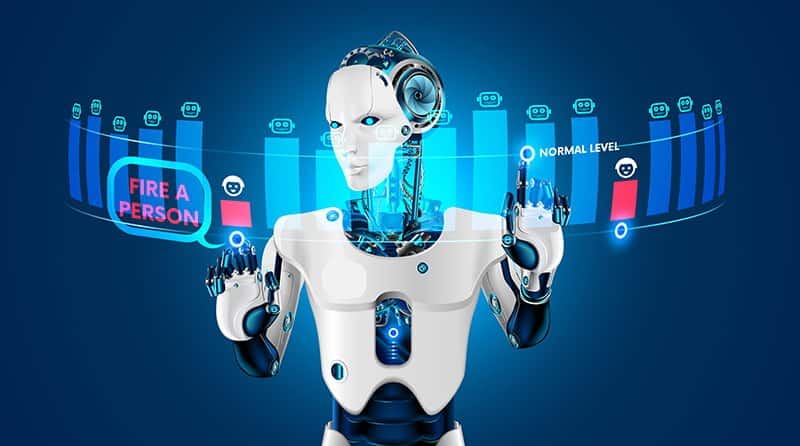The Future of Artificial Intelligence
Sitting at his cluttered desk, located near an oft-used ping-pong table and prototypes of drones from his college days suspended overhead, Gyongyosi punches some keys on a laptop to pull up grainy video footage of a forklift driver operating his vehicle in a warehouse. It was captured from overhead courtesy of a Onetrack.AI “forklift vision system.”
Employing machine learning and computer vision for detection and
classification of various “safety events,” the shoebox-sized device
doesn’t see all, but it sees plenty. Like which way the driver is
looking as he operates the vehicle, how fast he’s driving, where he’s
driving, locations of the people around him and how other forklift
operators are maneuvering their vehicles.
IFM’s software automatically detects safety violations (for example, cell phone use) and notifies warehouse managers so they can take immediate action. The main goals are to prevent accidents and increase efficiency. The mere knowledge that one of IFM’s devices is watching, Gyongyosi claims, has had “a huge effect.”

The Future Is Now: AI's Impact Is Everywhere
Some sectors are at the start of their AI journey, others are veteran travelers. Both have a long way to go. Regardless, the impact artificial intelligence is having on our present day lives is hard to ignore:
With companies spending nearly $20 billion collective dollars on AI products and services annually, tech giants like Google, Apple, Microsoft and Amazon spending billions to create those products and services, universities making AI a more prominent part of their respective curricula (MIT alone is dropping $1 billion on a new college devoted solely to computing, with an AI focus), and the U.S. Department of Defense upping its AI game, big things are bound to happen.
Some of those developments are well on their way to being fully realized; some are merely theoretical and might remain so. All are disruptive, for better and potentially worse, and there’s no downturn in sight.
“Lots of industries go through this pattern of winter, winter, and then an eternal spring,” former Google Brain leader and Baidu chief scientist Andrew Ng told ZDNet late last year. “We may be in the eternal spring of AI.”
No comments:
Post a Comment